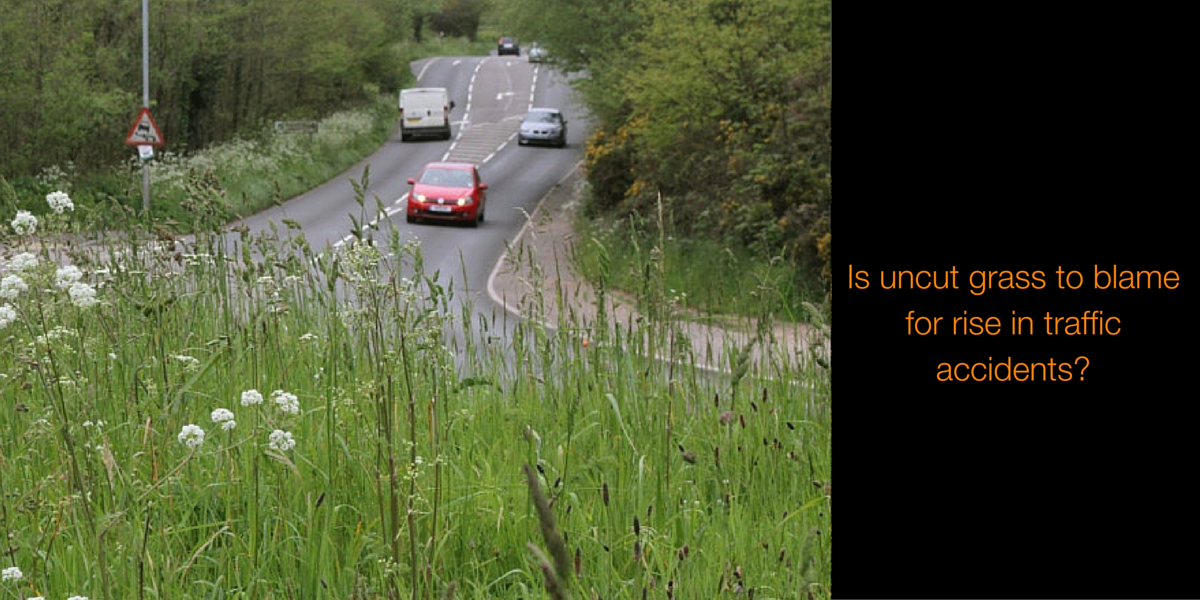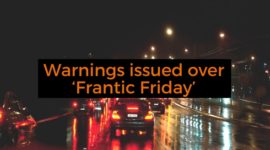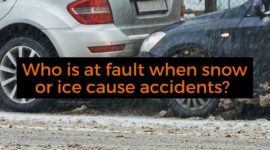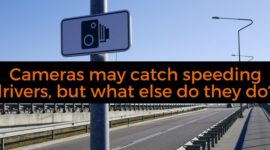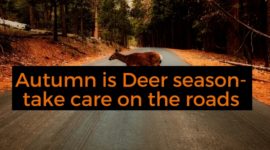22 Jul
2016
Is uncut grass to blame for rise in traffic accidents?
onecallam
1520
accident claims birmingham
,
accident injury lawyer birmingham
,
car accident due to overgrown grass
,
legal claim after car accident
,
overgrown grass verge
,
overgrown grass verge car accident
,
uncut grass car accident
,
uncut grass vehicle accident
0 Comments
Is uncut grass to blame for rise in traffic accidents?
Forty per cent of all drivers in the UK have had their view obscured at junctions by overgrown foliage or vegetation, as reported by a poll of over 20,000 AA members. In the East of England, that percentage rises to nearly half (49%) of all drivers who have had problems with visibility caused by roadside vegetation.
A further third reported that road signs, including speed limit signs and low bridge warnings, were hidden by trees or weeds, while a similar number said that direction signs have been obscured, making it hard or even impossible for drivers to navigate routes that were unfamiliar to them. Failure to look properly is one of the major causes of car accidents in the UK. read more about 5 common causes of road traffic accidents and how to avoid them.
Ninety per cent of drivers feel that obscured signs amount to a very real danger on our roads, with less than ten per cent agreeing that the danger is lessened by the widespread use of satnavs.
One worst-case scenario might occur if a give way sign is obscured on the approach to a busy junction where road markings are also faded to the point of invisibility. This is a situation that is all too familiar on Britain’s roads and drivers are becoming increasingly concerned that little is being done to counteract the problem.
Accidents due to overgrown greenery is a seasonal issue, and now is a particularly bad time because a combination of relative warmth and high levels of rainfall has caused all vegetation to grow particularly quickly, so much so that driving conditions have been noticeably worsened and as a result, drivers are at greater risk.
Cutbacks to the budgets of local councils have meant an increase in accidents due to long grass as council departments are finding it more and more difficult to control the speedy growth of trees, bushes and grass, and as a result, the likelihood of collisions and accidents has increased.
Many verges, central reservations and so on are now only cut once a year, which many feel is far too infrequently to adequately counter the grisly possibility of grass verge accidents.
Colin Dobson, a taxi driver in Oxfordshire, says long grass is a serious issue. “It can be very dangerous,” he said. “It’s a real problem on country roads too. You can be driving and then you can’t see the oncoming traffic until it’s on top of you. Cutting the grass once a year is not adequate.”
Meanwhile, the threat to human life is very real. Recently, long grass on a dual carriageway central reservation in Bucks was implicated in an accident that claimed two lives. It is believed that car driver Bernard Gage’s view of an oncoming motorbike was wholly obscured by uncut grass. As a result of him pulling out in front of the motorbike, both the driver and the passenger were instantly killed.
Motoring experts and accident claim solicitors have advised drivers not to make assumptions about speed restrictions or the lack thereof simply because they have not observed a sign. They also encourage all drivers (and pedestrians) to report extravagant and potentially dangerous foliage growth to the appropriate local highway authorities. If you have been involved in a road traffic accident and and thinking you have everything you need? here are some tips to protect your legal claim.
If you are one of the unfortunate ones to be involved in a car accident due to the negligence of another driver or anything else its always best to contact one of our expert advisors to discuss if you can make a claim on 0800 999 4042.

